Block party: a new book explores Tokyo’s unique family homes
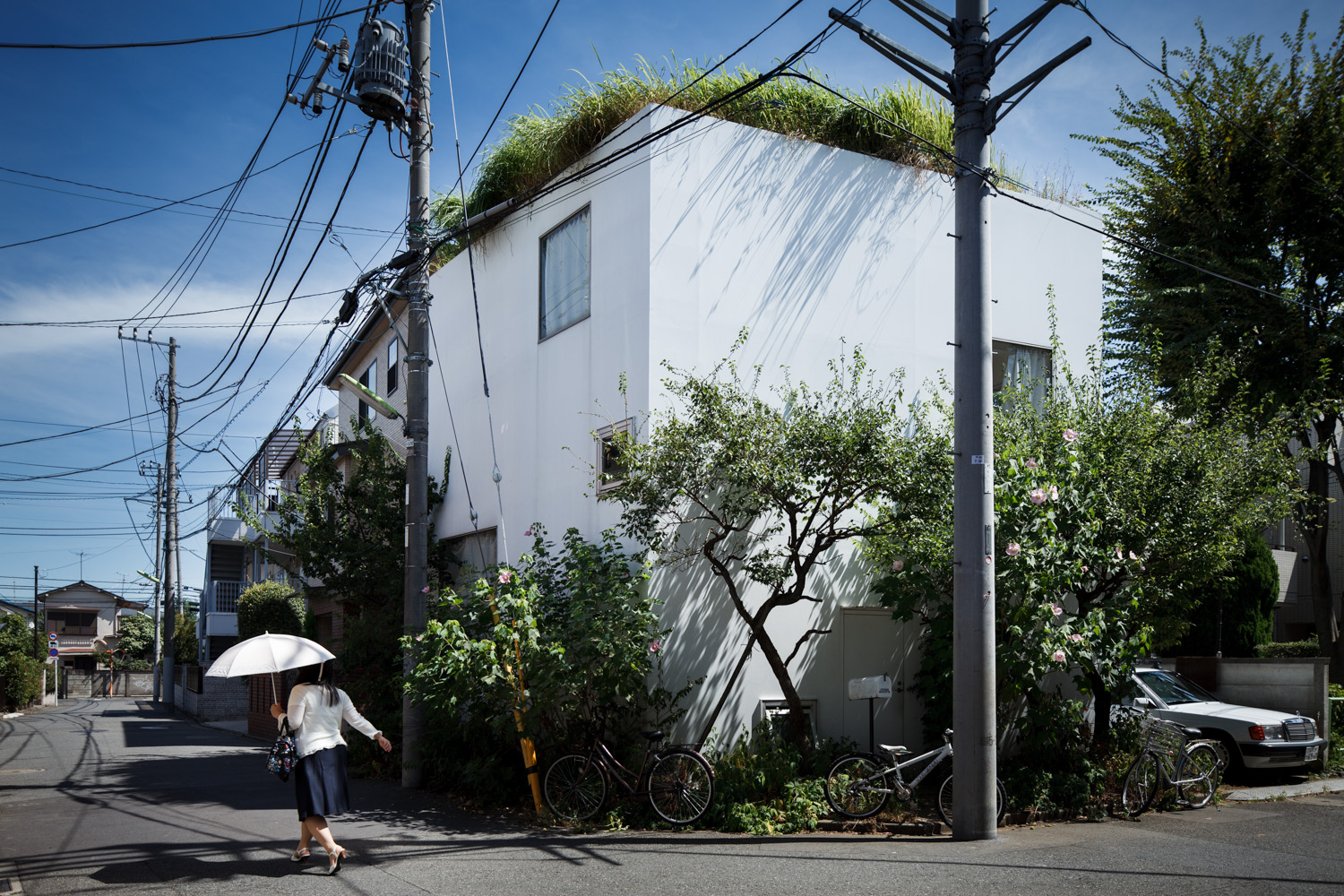
Absurdity - that's how world-renowned Japanese architect Kengo Kuma describes the determination of Tokyo families to own a patch of land, no matter how small, in the world's most populated city. But it's an absurdity that results in architectural outliers: tiny yet unique family homes.
Kuma's musings appear in French photographer Jérémie Souteyrat's 144-page study of Tokyo's urban landscape, titled Tokyo no Ie (Tokyo Houses). The Japanese master's houses are presented alongside those by Pritzker Prize winners Shigeru Ban and Kazuyo Sejima; small-home champions Atelier Bow-Bow; Sou Fujimoto (Serpentine Gallery Pavilion, London) and many more.
Souteyrat, 35, spent four years in search of these urban treasures 'sown like jewels in the immensity of Tokyo'. Says the photographer: 'I like the diversity of this city. If one has the chance to discover a jewel while walking on the street it's a pretty good surprise, isn't it?'
For cultural reasons few Japanese want to live in an old house, so even the gems in this book will likely be demolished within 40 years. 'As the houses are rebuilt every 25 years on average, there are a lot of opportunities for innovative design.'
For the same reason, Tokyo no Ie might become an ongoing project. 'I'd like to take the same pictures at the same locations in 25 years,' says Souteyrat. One of the Kengo Kuma houses in the book has already been refurbished and repainted. In Tokyo, the jewels sparkle for all too brief a moment - making Tokyo no Ie an important document of a city in constant flux.
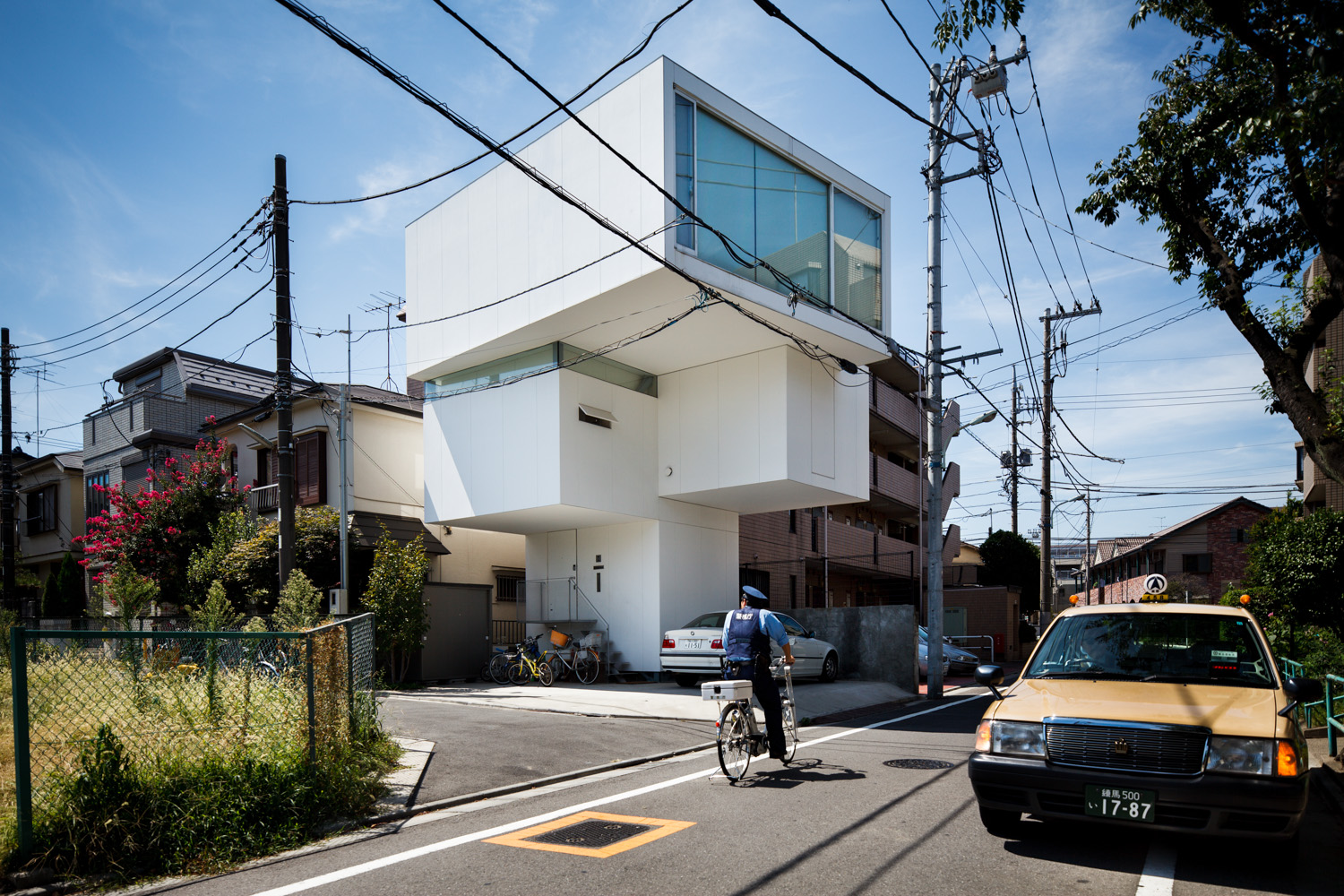
On the Cherry Blossom, by ALX, 2010.
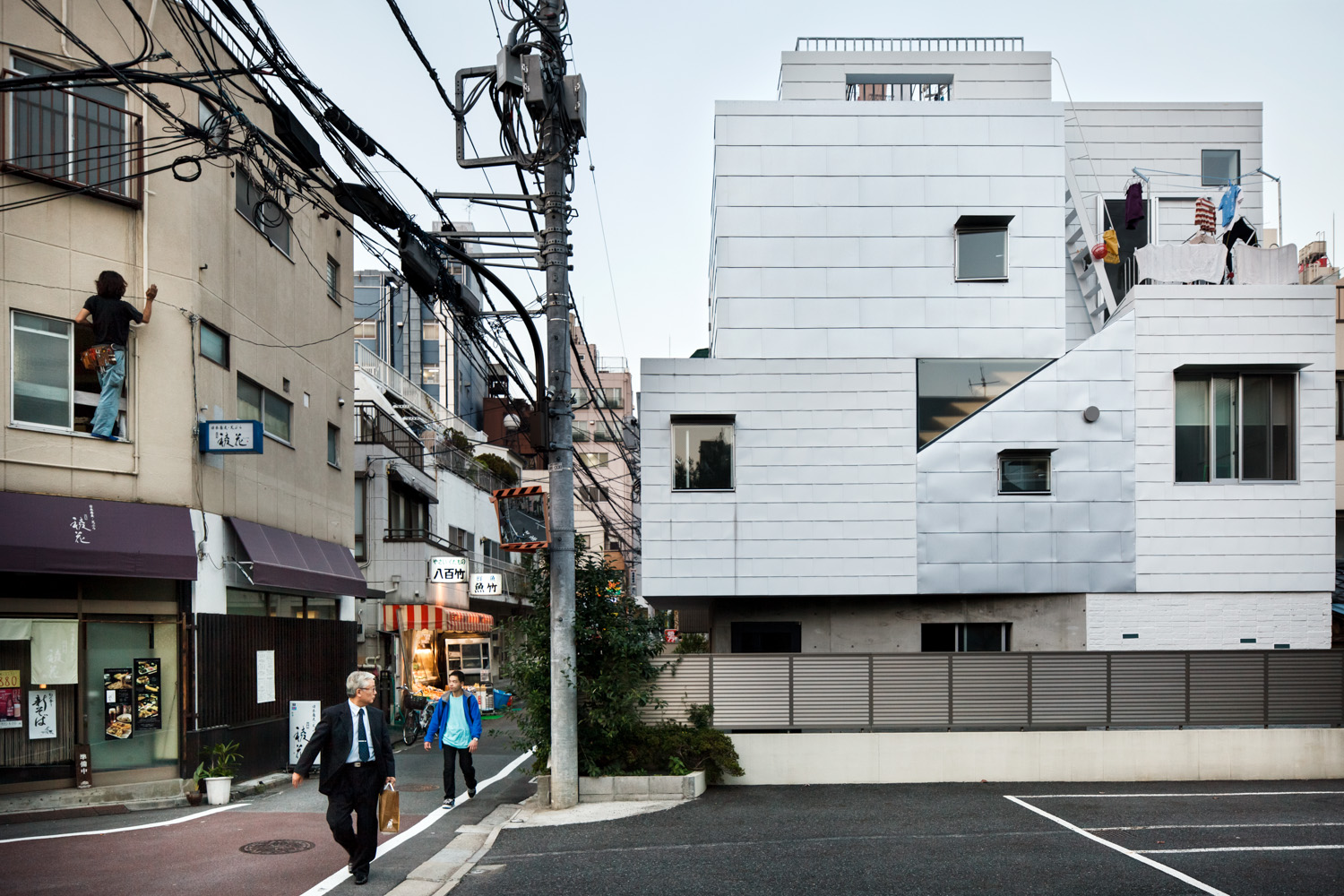
On the Cherry Blossom, by ALX, 2010.
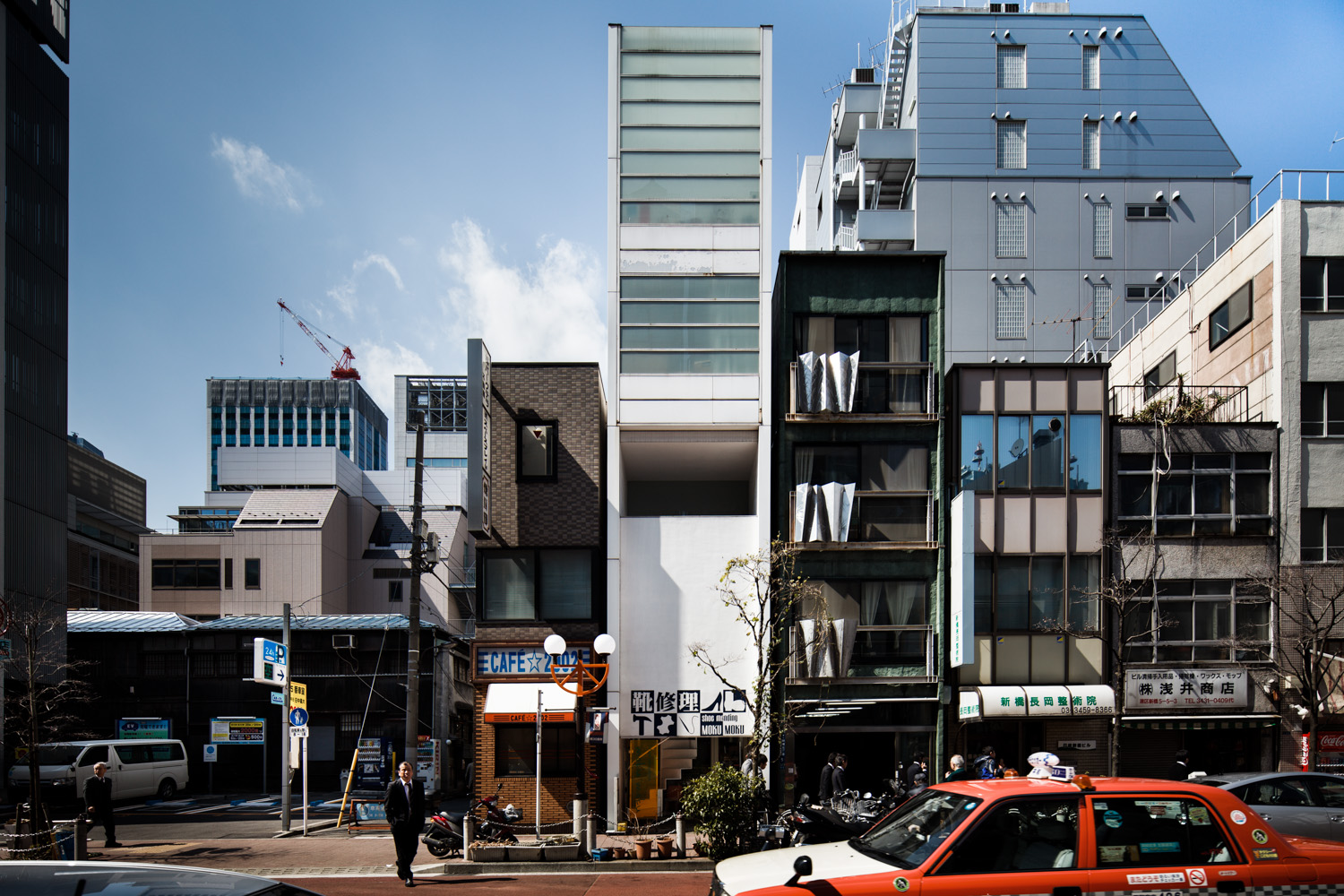
Ambiflux, by Architecton, 2011.
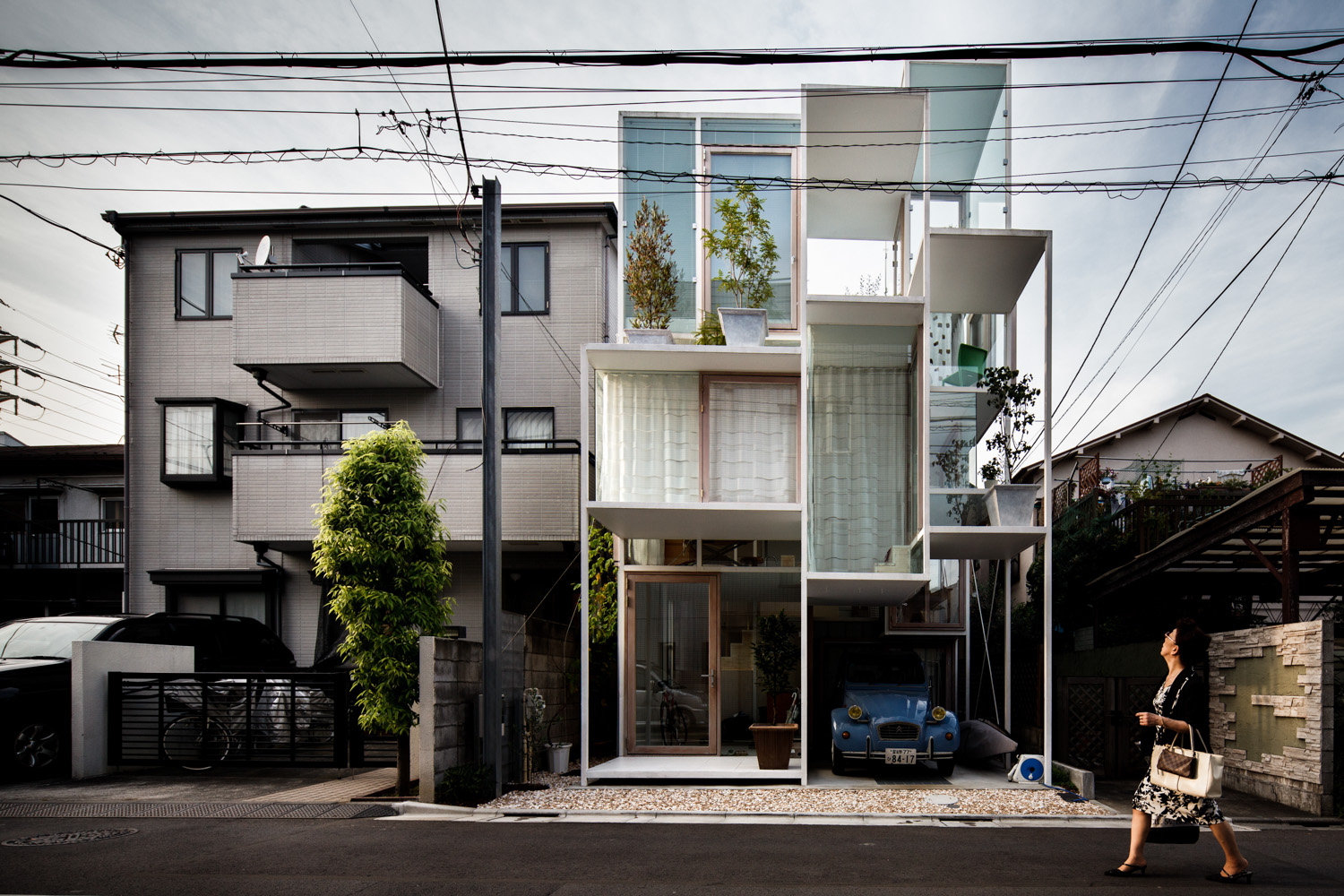
House NA, by Sou Fujimoto, 2012.
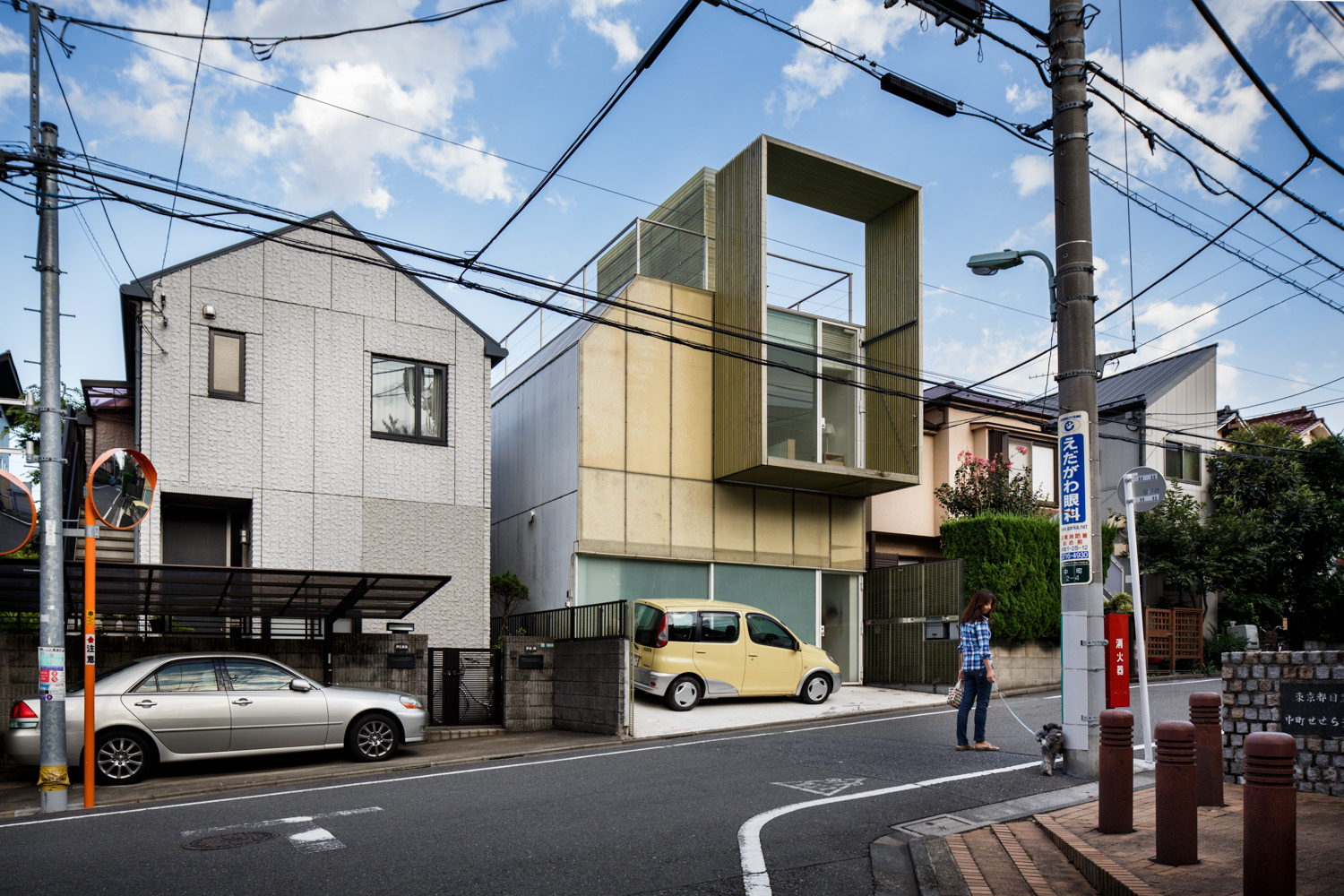
Plastic House, by Kengo Kuma, 2012.
Wallpaper* Newsletter
Receive our daily digest of inspiration, escapism and design stories from around the world direct to your inbox.
-
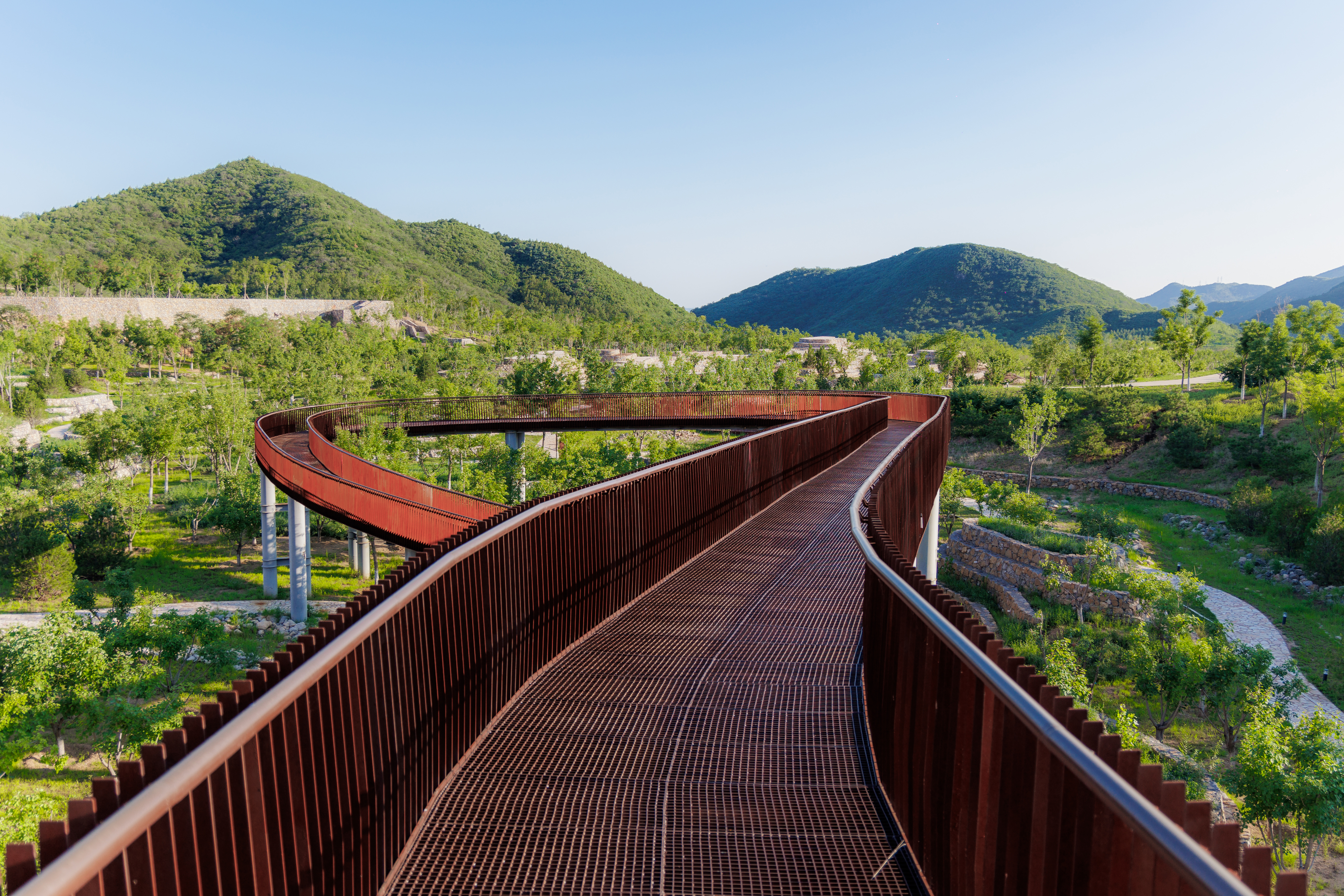 A Xingfa cement factory’s reimagining breathes new life into an abandoned industrial site
A Xingfa cement factory’s reimagining breathes new life into an abandoned industrial siteWe tour the Xingfa cement factory in China, where a redesign by landscape specialist SWA Group completely transforms an old industrial site into a lush park
By Daven Wu
-
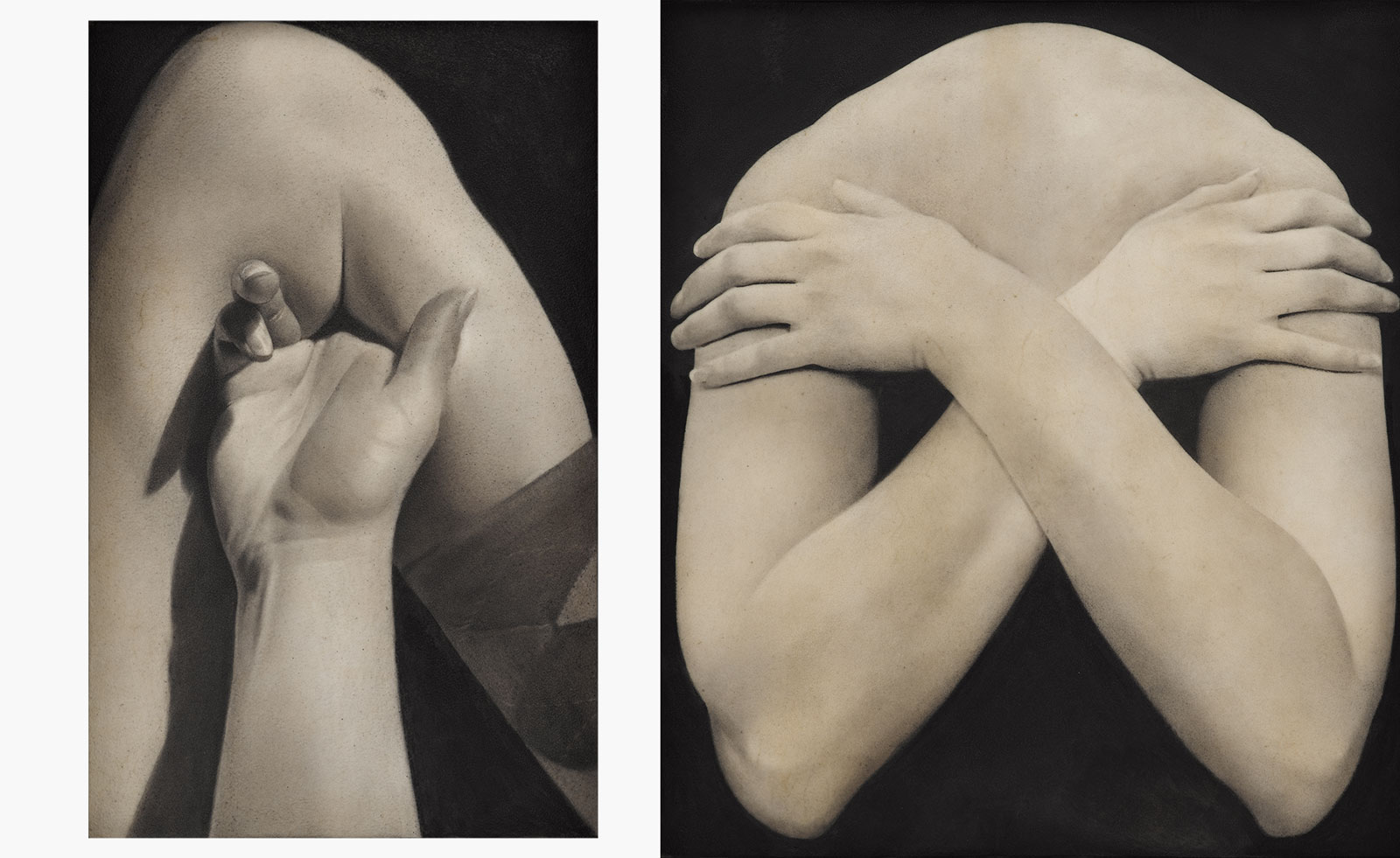 Put these emerging artists on your radar
Put these emerging artists on your radarThis crop of six new talents is poised to shake up the art world. Get to know them now
By Tianna Williams
-
 Dining at Pyrá feels like a Mediterranean kiss on both cheeks
Dining at Pyrá feels like a Mediterranean kiss on both cheeksDesigned by House of Dré, this Lonsdale Road addition dishes up an enticing fusion of Greek and Spanish cooking
By Sofia de la Cruz
-
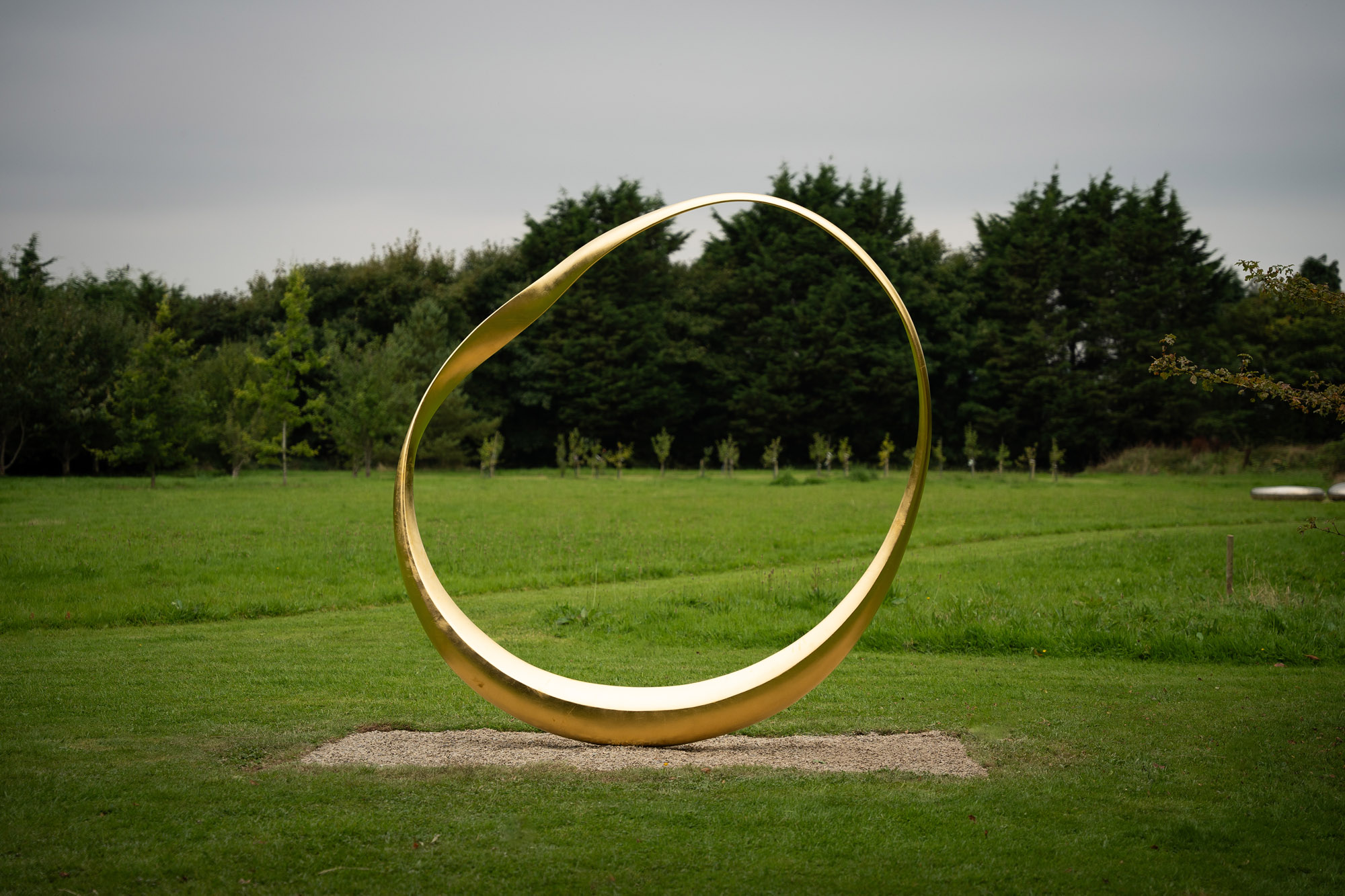 2025 Expo Osaka: Ireland is having a moment in Japan
2025 Expo Osaka: Ireland is having a moment in JapanAt 2025 Expo Osaka, a new sculpture for the Irish pavilion brings together two nations for a harmonious dialogue between place and time, material and form
By Danielle Demetriou
-
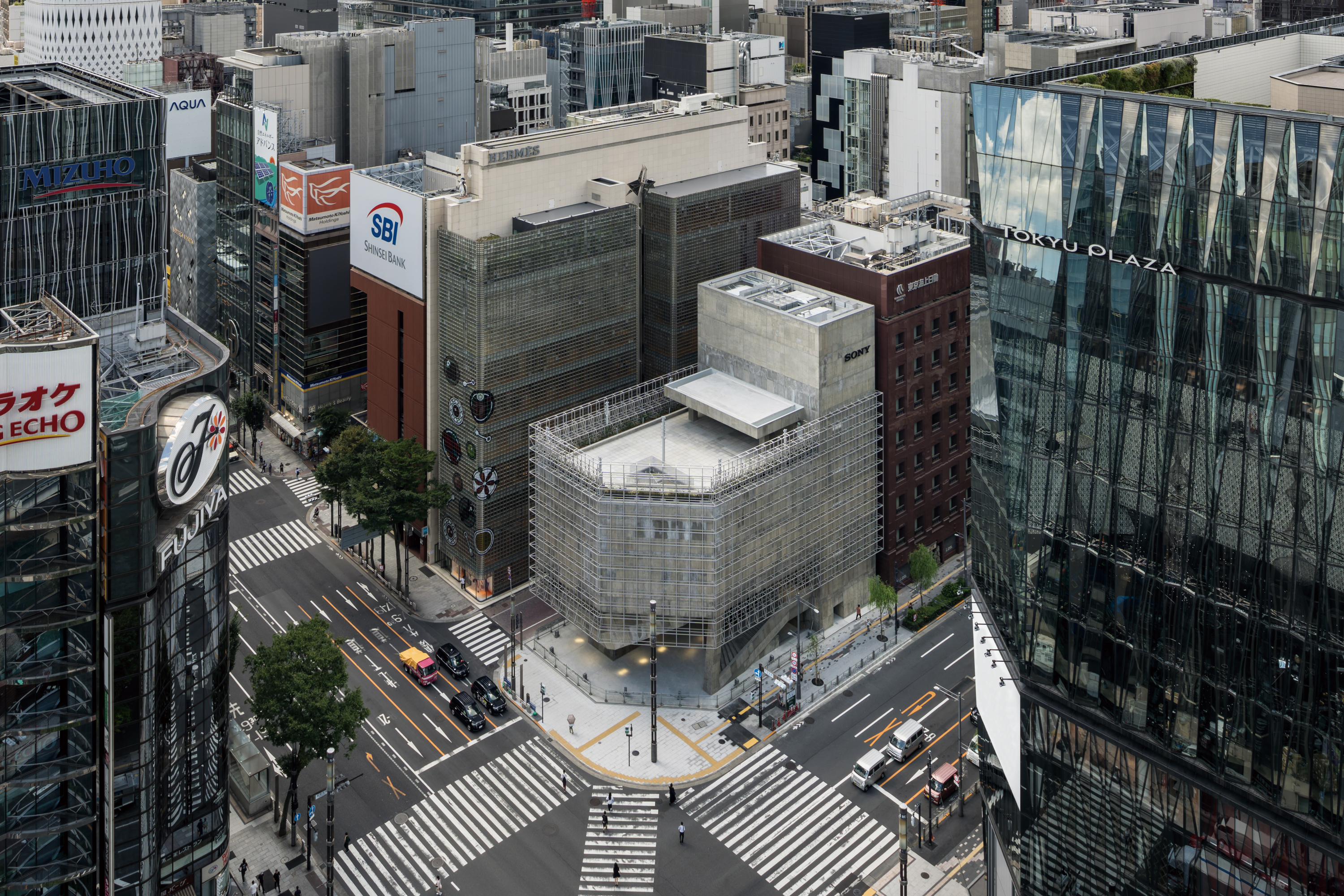 Tour the brutalist Ginza Sony Park, Tokyo's newest urban hub
Tour the brutalist Ginza Sony Park, Tokyo's newest urban hubGinza Sony Park opens in all its brutalist glory, the tech giant’s new building that is designed to embrace the public, offering exhibitions and freely accessible space
By Jens H Jensen
-
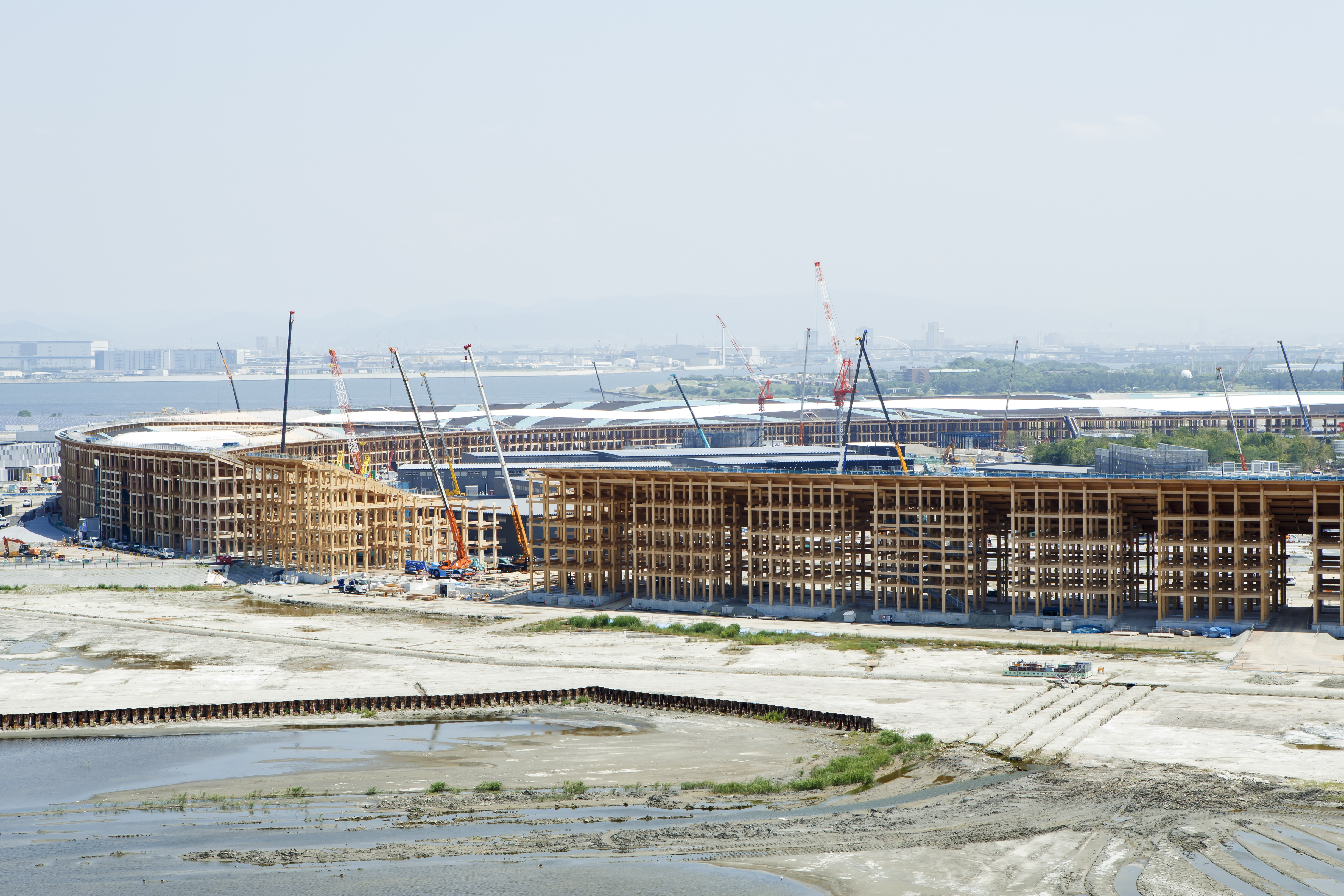 A first look at Expo 2025 Osaka's experimental architecture
A first look at Expo 2025 Osaka's experimental architectureExpo 2025 Osaka prepares to throw open its doors in April; we preview the world festival, its developments and highlights
By Danielle Demetriou
-
 Ten contemporary homes that are pushing the boundaries of architecture
Ten contemporary homes that are pushing the boundaries of architectureA new book detailing 59 visually intriguing and technologically impressive contemporary houses shines a light on how architecture is evolving
By Anna Solomon
-
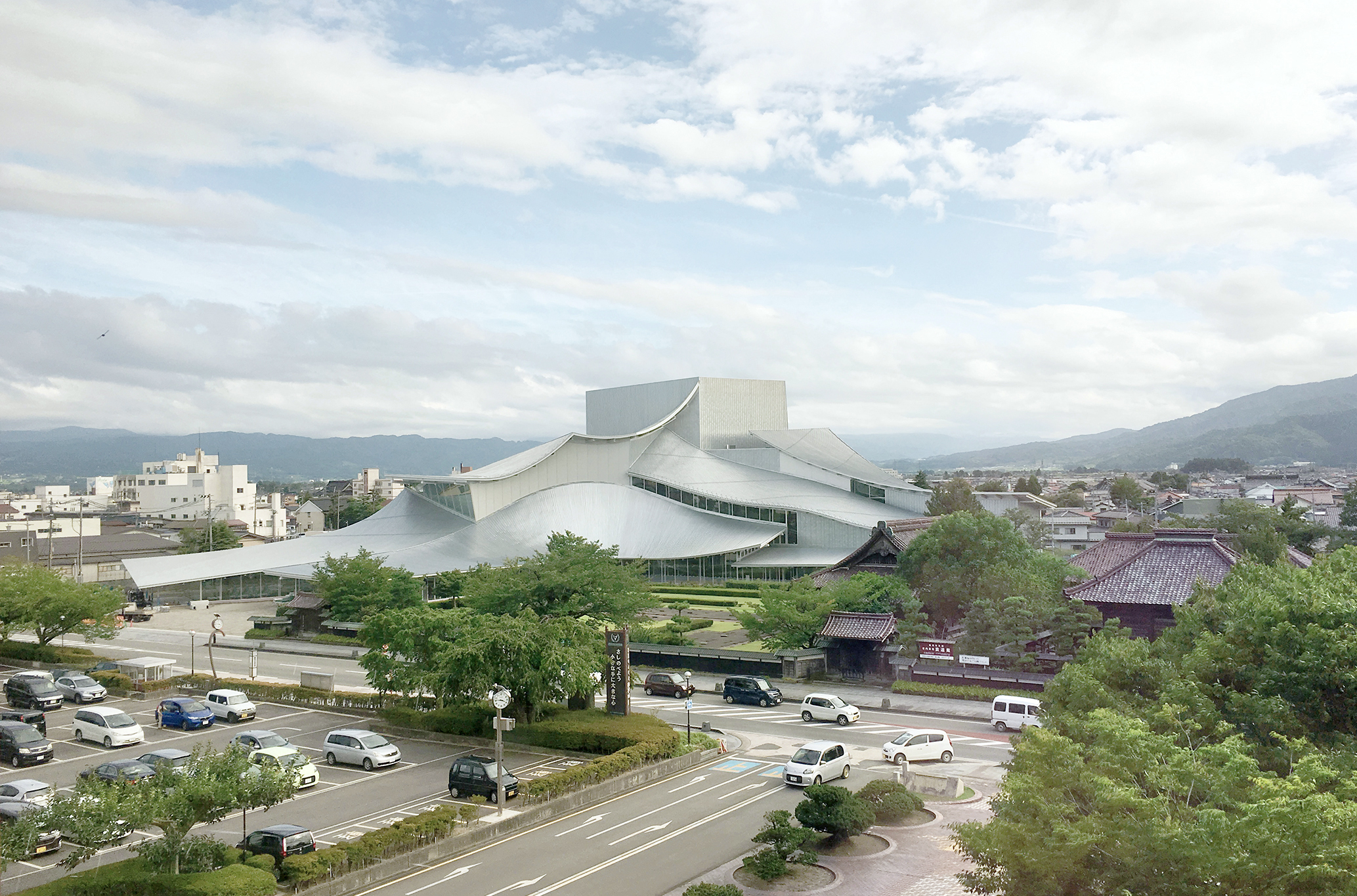 And the RIBA Royal Gold Medal 2025 goes to... SANAA!
And the RIBA Royal Gold Medal 2025 goes to... SANAA!The RIBA Royal Gold Medal 2025 winner is announced – Japanese studio SANAA scoops the prestigious architecture industry accolade
By Ellie Stathaki
-
 Architect Sou Fujimoto explains how the ‘idea of the forest’ is central to everything
Architect Sou Fujimoto explains how the ‘idea of the forest’ is central to everythingSou Fujimoto has been masterminding the upcoming Expo 2025 Osaka for the past five years, as the site’s design producer. To mark the 2025 Wallpaper* Design Awards, the Japanese architect talks to us about 2024, the year ahead, and materiality, nature, diversity and technological advances
By Sou Fujimoto
-
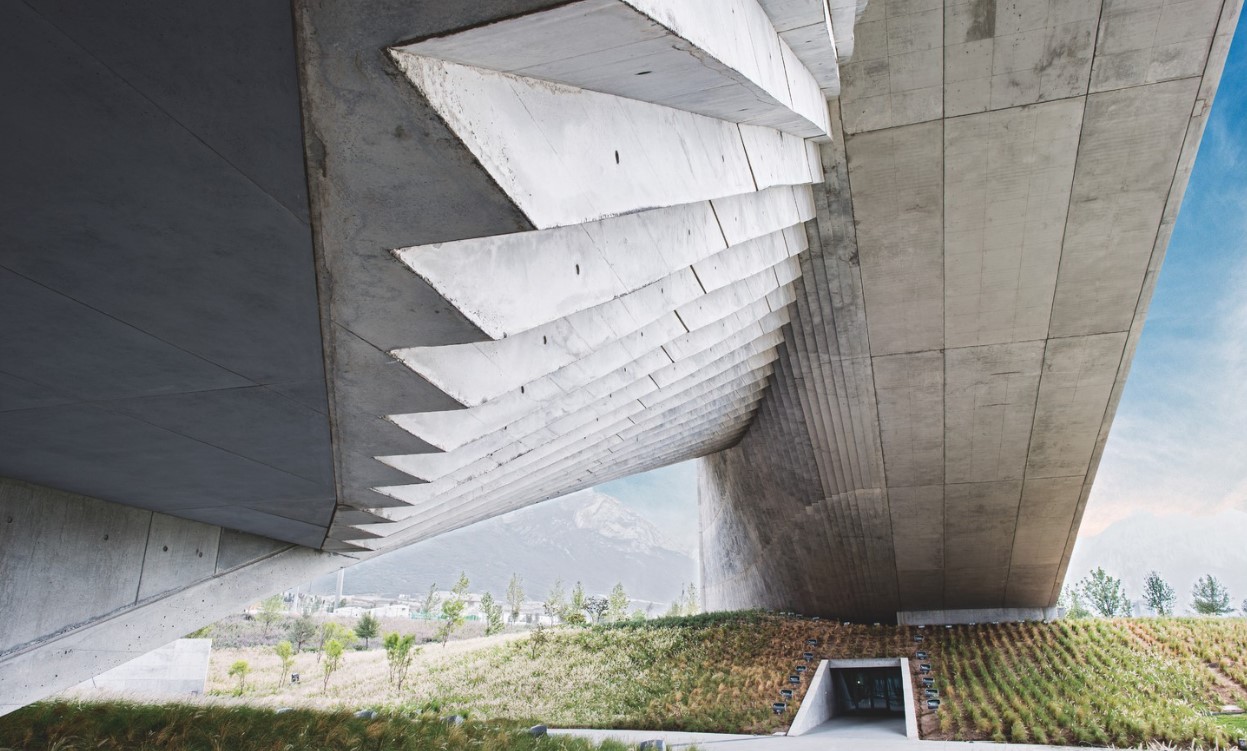 Tadao Ando: the self-taught contemporary architecture master who 'converts feelings into physical form’
Tadao Ando: the self-taught contemporary architecture master who 'converts feelings into physical form’Tadao Ando is a self-taught architect who rose to become one of contemporary architecture's biggest stars. Here, we explore the Japanese master's origins, journey and finest works
By Edwin Heathcote
-
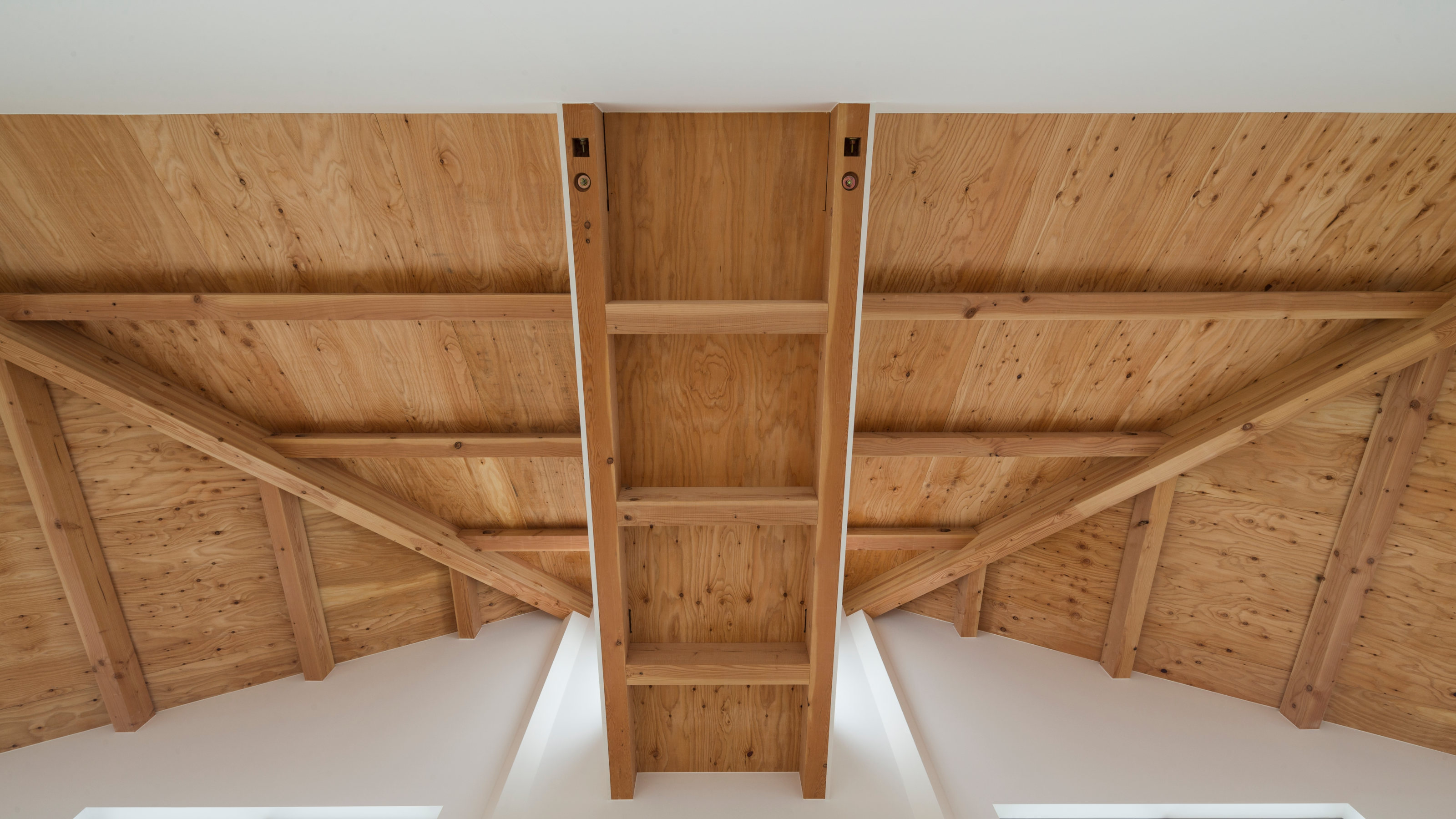 The Kumagaya House in Saitama is a modest family home subdivided by a soaring interior
The Kumagaya House in Saitama is a modest family home subdivided by a soaring interiorThis Kumagaya House is a domestic puzzle box taking the art of the Japanese house to another level as it intersects a minimal interior with exterior spaces, balconies and walkways
By Jonathan Bell